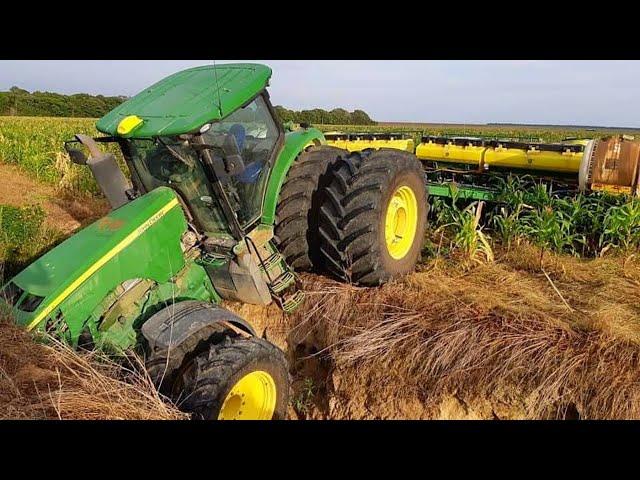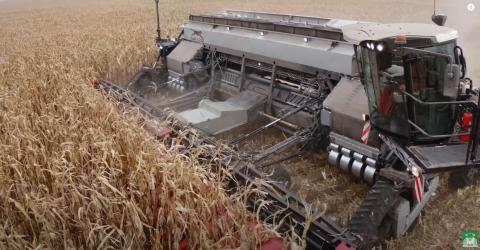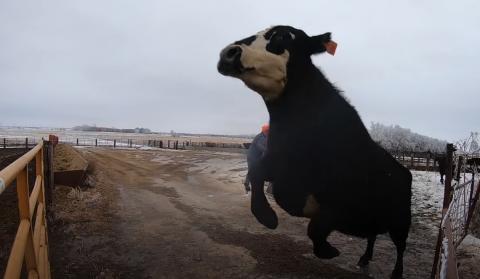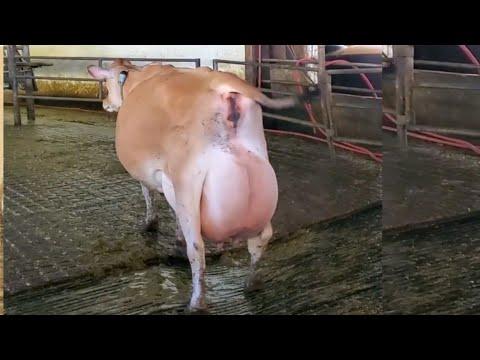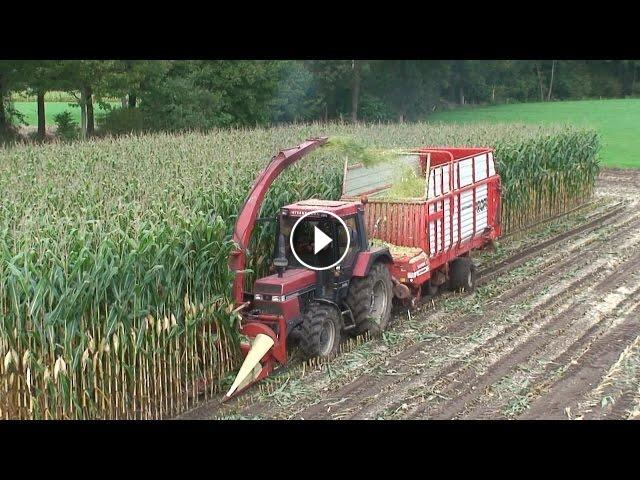The glassiness of starch is mainly dependent on harvest timing (the starch softens as the plant dries) and plant genetics (more glassy starch is found in forage species). Glassy starch is generally less digestible in the rumen of dairy cows. However, after several weeks in the silo, vitreous starch becomes as digestible as soft starch. In addition, the proper breaking of the grains eliminates the negative effects of glassy starch.
Fiber
Ruminant animals such as cows can obtain energy from the fiber they take as food. Their rumen works like a fermentation vat, and bacteria in the rumen break down the fiber components into more easily digestible sugars in the rest of the digestive tract. Thus, a significant advantage is provided in the digestion of forage plants compared to monogastric animals.
Fiber is the cell wall of the plant cell containing hemicellulose, cellulose and lignin, all of which together form a neutral detergent fiber (NDF) and is mainly found in the plant part (stem and leaves). Cellulose is the most digestible part of the fiber.
3 criteria for determining fiber properties in silage
Neutral Detergent Fiber (NDF): Total fiber. Target value = 38-43% Dry Matter
Acid Detergent Fiber (ADF): Ratio of "slow digesting fibers". Target value = 19-22% Dry Matter
Acid Detergent Lignin (ADL): Lignin content, "not digestible". Target value = 1.5-3% Dry Matter
NDF - ADF = gives the hemicellulose content
Cell wall digestibility
It is important to determine how much NDF is ready to be digested, as only a portion of the fiber is digested in the rumen. Many parameters affect the accurate measurement of digestibility, these are usually handled in laboratory conditions by mimicking the behavior of microbes in the rumen, by dNDF assessment (the ratio of total NDF digested in the rumen).
NDF digestibility (dNDF): Total fiber digestibility (NDF). Target value: 50-60%
- Category
- Tractor & Machinery




